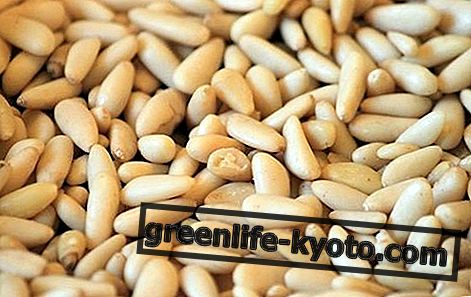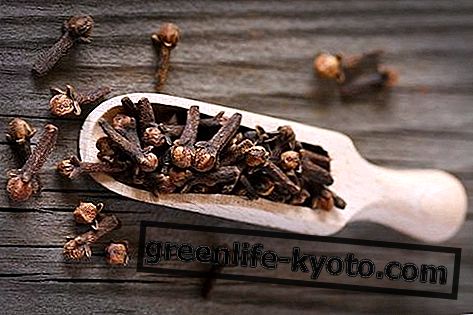
Beans and green beans are the most well-known leguminous plants used also on tables throughout Italy since ancient times.
The origin of the common bean that is scientifically called Phoseolus Vulgaris is Peru from which it then had immense diffusion all over the world up to Europe for its extraordinary ability to adapt in mild climates.
The beans are indeed leguminous and as a botanical family they are papilionaceous, with more than 200 different species present.
There are numerous types of beans and therefore the first great distinction is made between the " real beans " of which we eat the seed and those instead called green beans of which we eat the whole pod. The first, the beans are usually collected, shelled and then stored dried to then be rehydrated and cooked.
While the green beans can be eaten fresh and prepared in the kitchen in various recipes even raw.
Moreover, another great distinction is on the plant bearing that can grow as a creeper or remain dwarf. Also the production times are another way to divide the beans in fact we talk about beans and early and late beans according to their time of maturation of the pod.
Obviously the early ones will be the first to be ready for harvesting while the late varieties will take longer to reach maturity.
The timing of sowing beans and green beans
The beans and the green beans are sown from the beginning of April in the warmest areas of Italy as in the South and then continue until the maximum in mid-May in the colder lands of Northern Italy.
We can also sow the beans before putting them in the seedbed or jars but in a protected environment and warm in February or March. Then we will go to transplant the seedlings directly when they are at least 20 centimeters large.
Some varieties of beans and green beans can be grown at the end of the summer and then harvested in the fall, but only in the milder climates of Central and Southern Italy.
The choice of the variety of beans or green beans greatly influences the time of sowing and the beginning of cultivation, in fact for example the early varieties require sowing in the first days of April and have a vegetative cycle just faster than late varieties.
Still a dwarf variety of bean or string bean having also a shorter cycle can be cultivated even in late times and therefore even a sowing of May will have sufficient time for the maturation of the pod and for its first harvest.
We can also think of cultivating different varieties of beans or green beans or even the same variety but in a scaled way to have a harvest that goes on over time.
Scaled sowing means to sow or transplant the seedlings in successive times with a distance of 1 or 2 weeks between the first sowing and the next. This will obviously lead to a scaled harvest instead of all simultaneous at the same time and will allow beans or beans to be harvested for much longer.
Beans and green beans: advice from the moon
The moon has a strong influence on the production and the success of the crop in horticultural crops so it is good to know which is the most appropriate time to sow and grow beans or green beans.
The crescent moon helps the young seedlings to grow and the seeds to sprout therefore surely the crescent moon that pushes the sap is the right moon in which to sow the beans or green beans.
The second or third day after the first quarter moon of April is the best time when it is advised by the peasant tradition to sow beans or green beans.
Farmer knowledge also says that " beans should be sown in the first 100 days of the year " and this indicates the very first weeks of April.
How to plant beans or string beans
The planting of beans or green beans depends very much on the variety that we have chosen to cultivate because they have different needs, such as for a dwarf variety, we will need very little space, while for a climbing variety, in addition to requiring more space, it also needs support.
As an indication the seeds should be placed at 2 or 3 centimeters deep and normally small holes are dug at least 15 centimeters apart where 3 seeds are placed.
It is told by the popular rumor that the beans want to "hear the bells" to say that the sowing must take place on the surface, avoiding too much depth, which causes difficulty in growing the bean seedling.













